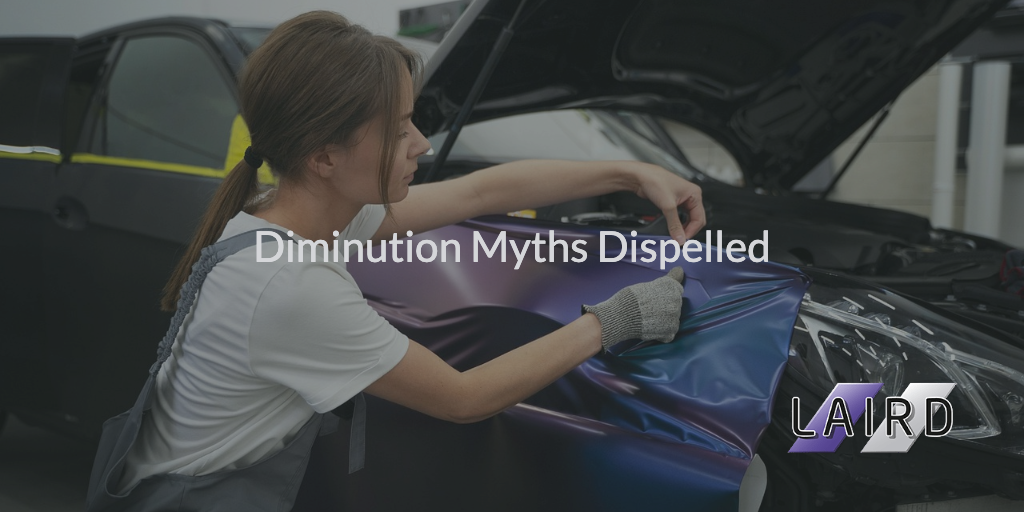Diminution, as in the word ‘diminished’, simply means reduced. Diminution in value of a vehicle occurs after it has been involved in an accident and subsequently repaired. In certain cases, this historic damage can deter a motor dealer from paying market value, thus reducing their value. The difference between the original value and the post repair value is known as diminution in value.
As a general rule of thumb, the greater the extent of damage, the higher the likely diminution, especially true of newer and more prestigious marques.
However there are many myths surrounding diminution in value & this article will discuss some of the arguments put forward.
Old cars can’t suffer diminution in value.
Consider a 20 year old Ferrari 612. Two identical ones are offered for sale, one enjoying an unblemished history, the other was involved in a crash but has been repaired to a satisfactory standard. The first example is clearly the more desirable.
Many dealers wouldn’t touch the damaged repaired example, however those that do would want a significant reduction off the price. The fact that this vehicle is old is irrelevant to the argument. The crash repaired example will be worth a fair bit less.
There is a fixed formula to calculate diminution.
There is no fixed formula to determine the percentage drop in value, within either the repair or insurance industry, in part due to the varying nature of damage & repair methods.
Some assessors, including us, use a matrix to assist in guiding them to the likely loss of value, ultimately it is down to the skill of the individual expert to determine the likely loss, using guides and adverts to triangulate a value.
The damage must be structural.
Another pair of vehicles to consider. Two 3 series BMWs, the first one was scratched by vandals down both side, and needed to be repainted down both sides and blends, almost a full respray. The other a flawless life. Despite the fact that the first car has no structural damage purely cosmetic, it will be worth much less due to the non-original paint, even if the bodyshop have painted it to a satisfactory standard.
The vehicle must be prestigious.
Untrue. Sometimes almost the reverse. If a prospective purchaser is looking for say a VW Golf, a mid-sized, mid-market good selling car, then there are hundreds to choose from. There would be no reason to buy one with accident damage history unless it were offered with discount.
Conversely consider a very rare car, say a Lamborghini Reventon. 20 were made. If one were damaged, whilst it would attract diminution, the rarity of the vehicle would mean the demand would significantly outweigh the supply. A prospective buyer would have little choice, if they were keen to buy, but to accept the damaged / repaired example, albeit with a reduced diminution in value.
A car with previous damage can’t suffer diminution.
This is a more subjective subject & depends very much on the circumstances. A car which historically had a minor bump but has now suffered a more serious impact is likely to suffer from diminution in value due to the second incident. A banger with lots of crash history is unlikely to see its price reduce much, if any, after multiple repairs.
How can I tell if a cars’ value has diminished?
We offer a free initial thought on whether a car has suffered diminution in value following an accident, based on a few basic details of the car & repairs. Use our no-obligation calculator here to check.

